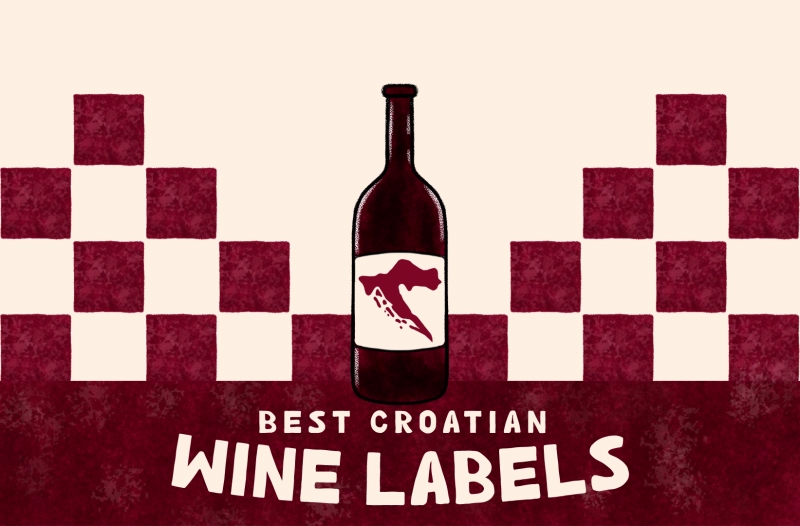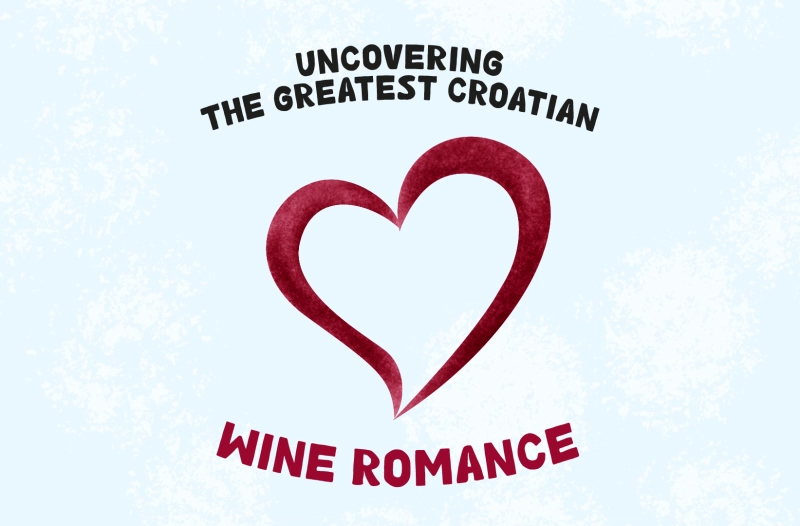Can You Handle The Croatian Terroir? 6 Whites To Test Your Palate!
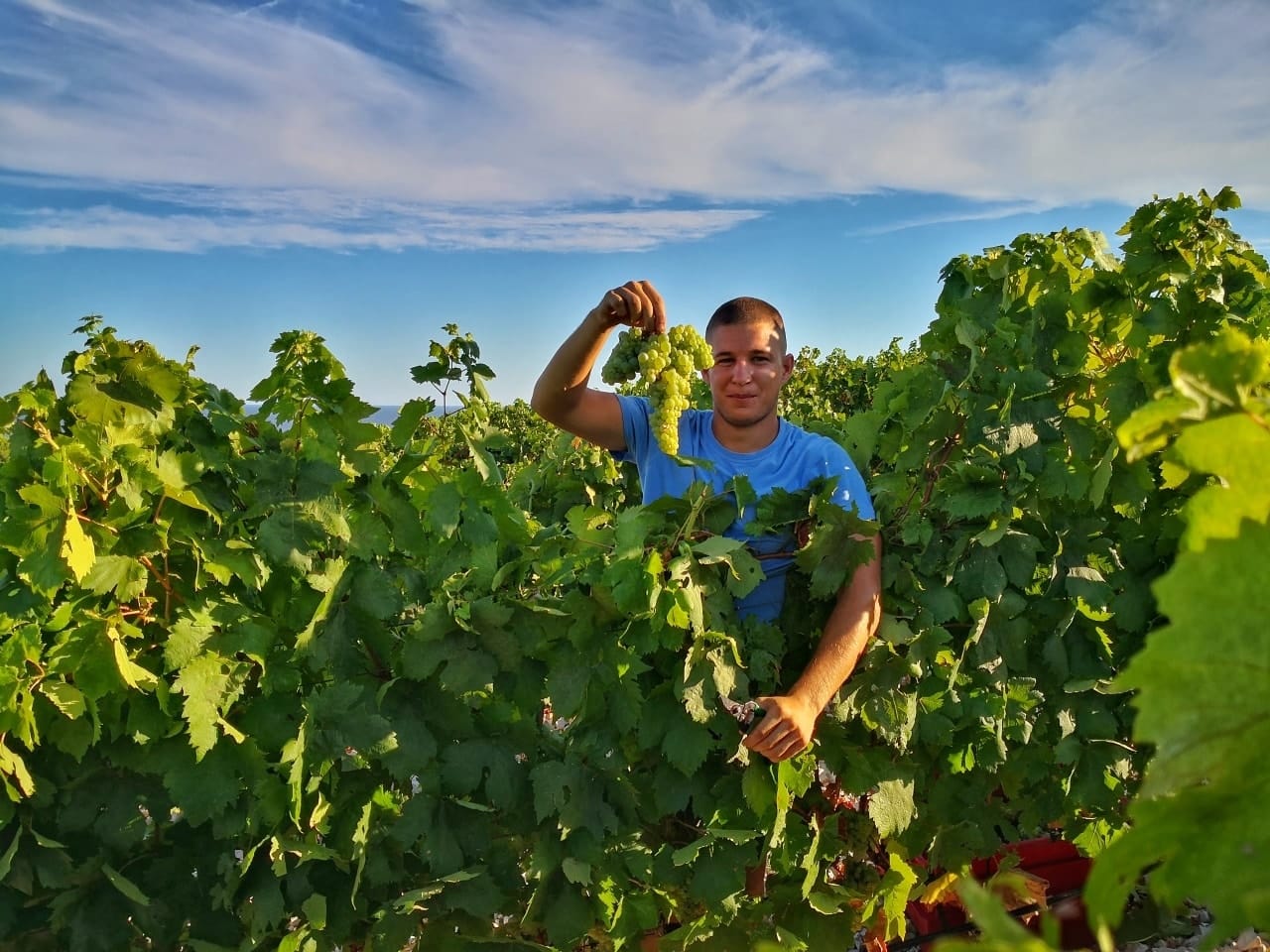
As you explore Croatia beyond its stunning coast, you’ll discover many wines that excite and impress you. The Croatian wine scene is experiencing a surge in vibrancy and quality, with wines produced here ranging from excellent to truly impressive. If you’re looking for exciting and distinctive wines that truly express the terroir, we recommend trying the following ones on our list.
Pošip Milan
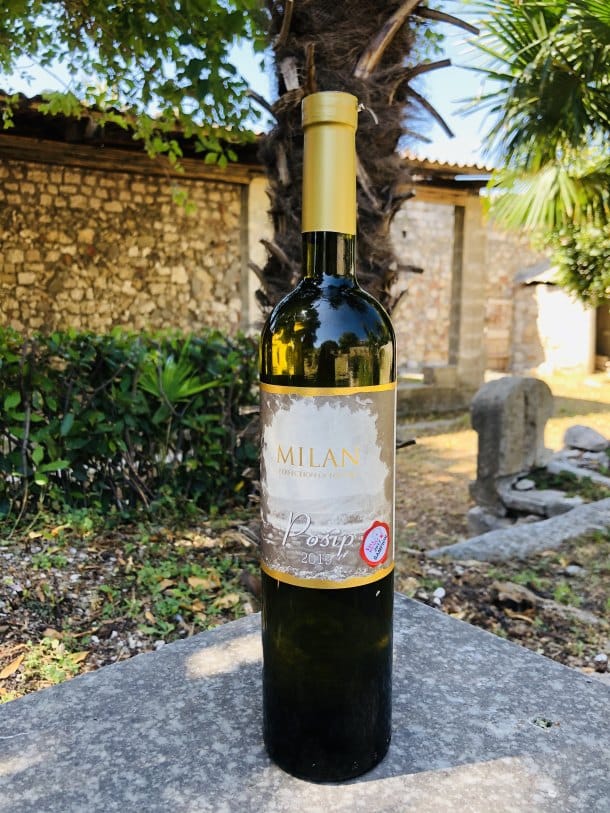
Pošip is the superb white grape variety of Dalmatia. Known for producing flavourful, rich, textured white wines, it goes perfectly with local Mediterranean cuisine.
Pošip was the trademark of the island Korčula, but for the past decade, it managed to thrive outside the island.
Pošip Milan is planted in Kaštela, the birthplace of Zinfandel. Here they decided to use the pergola system for trellising the vines, where every grape cluster receives the ideal amount of shade, sun, and wind.
The results are impressive, Pošip Milan has an abundance of fruits, green apples, and acidic lemons.
With time in the glass, fruits round-up with mineral sensations and a mark of limestone soils. Long after, the palate retrieves the flavors of freshly picked grapes and more fruity wine than the ones from Korčula island.
So, if you want to see the results that Pošip gives outside of its native Korčula island, try this!
Gran Malvasia Coronica
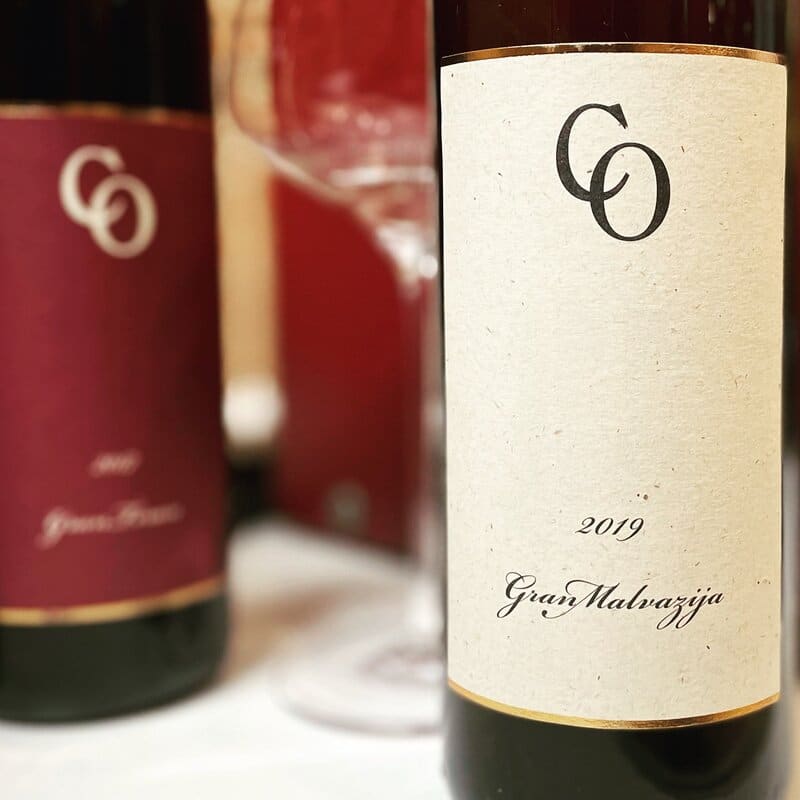
Moving to Istria, a grape-shaped peninsula. A Croatian wine region that was often named the wine region of the year!
Moreno Coronica is one of the most respected Istrian winemakers. Recognized not “only” as a true master of Teran, his passion extends to another native variety of Istria – Malvasia Istriana.
“I need to express tradition and terroir (…). Thanks to a specific terroir, the grapes I got deserve proper treatment. One that enables soil transfer to glass”, Moreno concludes.
Coronica’s Gran Malvasia has incredible aging potential, making it a highly potent wine even years after bottling. The grapes used for production are meticulously selected, ensuring that only the best ones are chosen.
The wine is then fermented and aged on lees in stainless steel tanks for 18-20 months, with the production process being entirely natural.
This aging process enhances the wine’s body and creates a delightful creamy taste. Over time, the wine develops mineral and spicy notes while retaining its unique aroma and exceptional freshness.
The initial flavors of ripe apricots and peaches are followed by floral acacia flower and flower pollen, making it highly sought after by collectors.
The Gran Malvazija is a premium wine exclusively produced in the best vintages, making it a highly coveted choice for wine enthusiasts.
Grk Zure Bartul
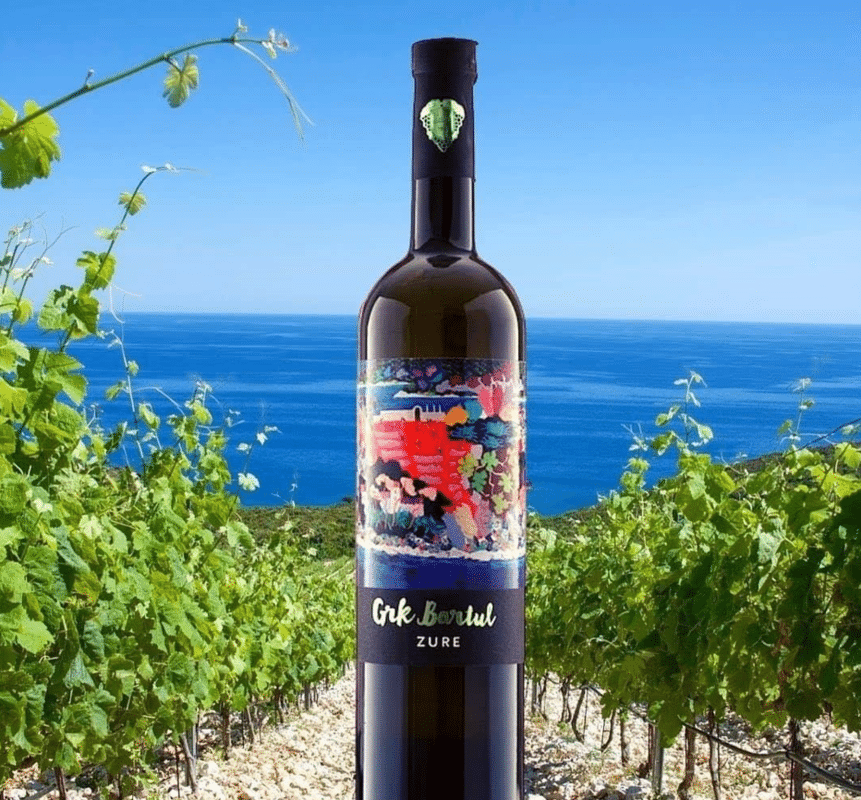
The Batistic-Zure family resides in the beautiful village of Lumbarda, located at the eastern end of Korčula island. Lumbarda’s rich history dates back to the Hellenic times, between the 4th to 5th century B.C. and is famous for producing top-quality white grapes, especially from the native Grk variety.
This grape thrives in the loose Lumbarda sand and soaks up the primal power of the sun that shines in this unique environment. Grk results in a wine with refreshing but mouthful fruitiness, a backbone of sea saltiness, and a hint of peach notes.
Graševina Mitrovac Krauthaker
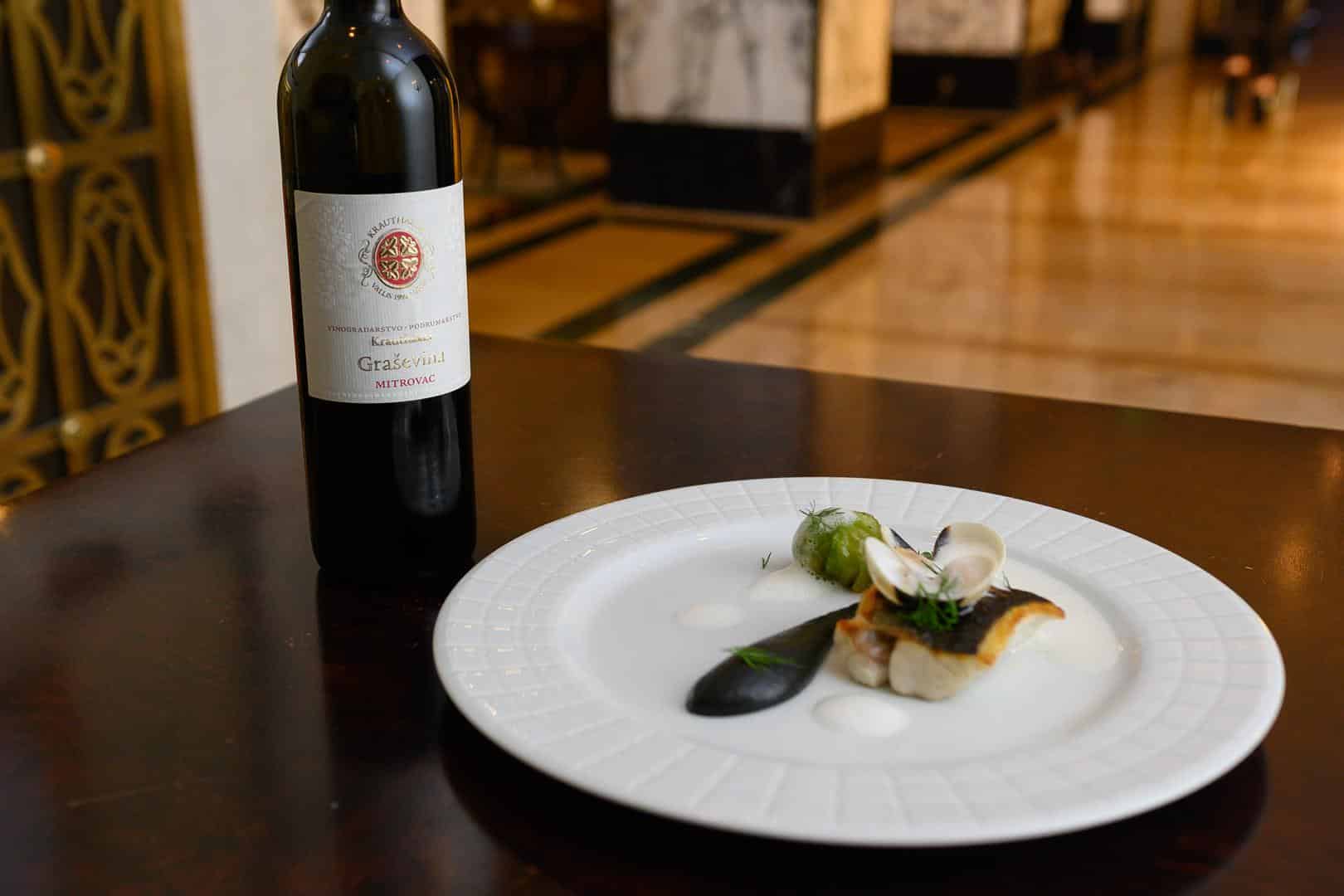
Graševina is the most planted grape variety in Croatia. Although it is grown all over Europe and called by many different synonyms, it shows the best results in Slavonia and Danube region.
Vlado Krauthaker is a prominent Croatian winemaking figure known for his ability to craft wines that satisfy both connoisseurs and novices. The Krauthaker winery emphasizes the native grape variety, Graševina, frequently prized at prestigious wine exhibitions.
One of the standout wines from Krauthaker’s winery is the modern, layered Graševina Mitrovac. Mitrovac is one of the best micro-locations in the famed Kutjevo wine region.
The wine shows hints of ripe apples and noble rot. The wine’s mild scent evokes fruity sensations of overripe apricots and fresh chamomile.
The wine is full, warm, and rounded on the palate, with a mild bitterness typical of the grape variety. It is well balanced by saltiness and good acidity, resulting in a vibrant and pleasantly fresh finish.
The wine’s complexity and harmonious taste make it an excellent choice for enthusiasts of somewhat sweeter notes.
Miloš Stalagmit
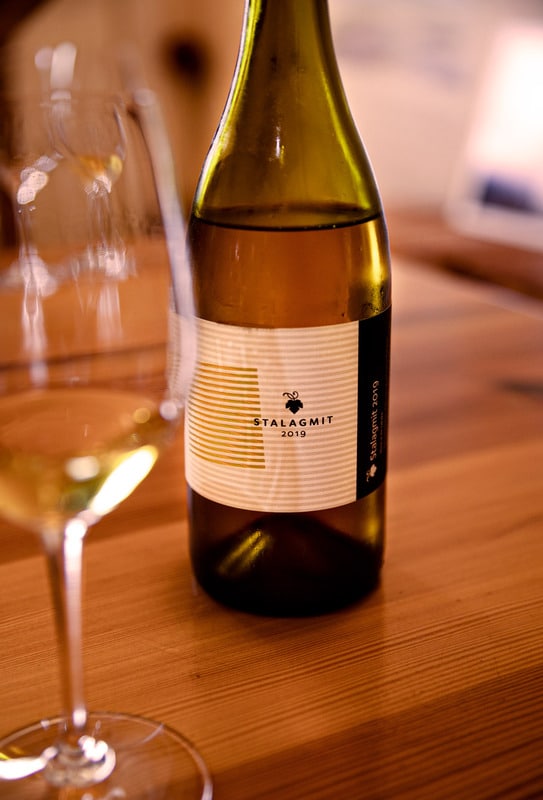
Frano Miloš, a legendary winemaker renowned for interpreting the Plavac Mali variety, has recently released a white wine named Stalagmit.
This wine is made from the finest grapes from old vineyards near Ston on the Pelješac peninsula. The fermentation process is always spontaneous, using only indigenous yeasts, and the wine is aged in large wooden barrels made of Slavonian oak.
Stalagmit is unfiltered and contains minimal amounts of sulfites. The Miloš family follows traditional winemaking practices passed down through centuries, making them true custodians of Dalmatian heritage.
The wine is infused with herbs and deep minerality, giving it a unique flavor profile that is a tribute to an indigenous Dalmatian white variety – Maraština (Rukatac).
Tomac Amfora Riesling
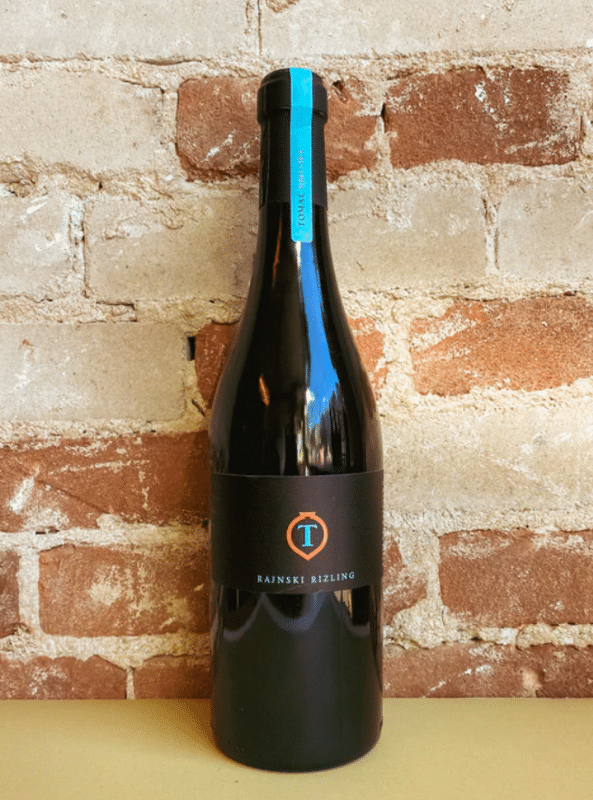
The Tomac family continues to preserve their traditional winemaking style while adopting new practices such as biodynamic wine growing and wine production in amphorae. In 2009, they filled their first bottles of wine made in these amphorae, which were ordered from Georgia and buried in the ground.
Although choosing just one wine from Tomac Winery is challenging, the Tomac Amfora Rizling stands out for several reasons. Riesling grape is well-suited for amphora vessels, and the wine improves with age. Furthermore, Riesling is a beloved wine among enthusiasts.
The Tomac Amfora Rizling achieves purity and precision, challenging qualities to achieve in amphorae. The wine has a profound balance, full-bodied with smooth tannins, holding notes of pine resin, stone fruits, and saltiness, all anchored by a Riesling backbone. This wine is perfect for wine lovers who want to savor its remarkable taste and enjoy it with the utmost respect for Plešivica terroir.
Conclusion
It’s worth noting that some of the wineries mentioned are known for producing cult Croatian wines. And in our opinion (and taste!), they will continue to do so.
If you’re ready to discover Croatian wines, check out our handpicked selection, which features some of the finest wines from Croatia’s top winemakers.
Don’t miss the opportunity to explore the rich and diverse world of Croatian wines and enjoy discovering your new favorite wine!



